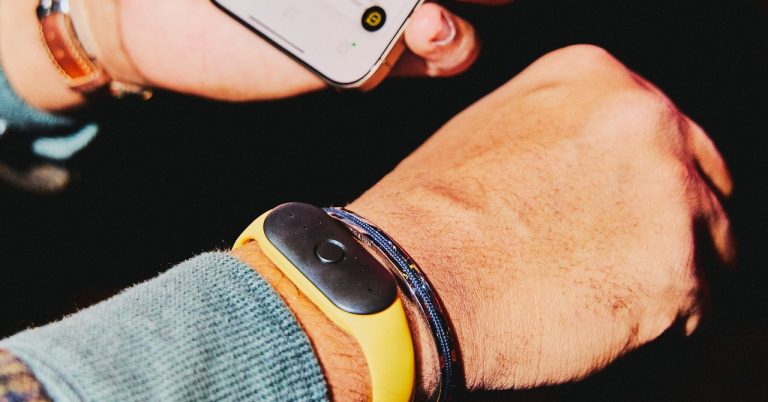Agriculture, which consumes about 70% of global freshwater, is grappling with increased water scarcity and inefficient irrigation systems. Traditional methods of irrigation not only lead to wasted water and nutrients, but also contribute to lower crop yields, food insecurity, and unnecessary carbon emissions.
Hong-Kong based agriculture technology startup Full Nature Farms thinks there’s a better way. At CES 2025, the company launched its Rocket 2.0 Smart Irrigation Platform, a system that uses data and AI to create a 30% reduction in water costs, reduce energy consumption, and improve crop yields.
CEO Ray Lok founded Full Nature Farms in 2019. Before that, he founded Evergreens Republic, a USDA-certified organic commercial aquaponics farm for sustainable farming that garnered attention from real estate developers and government offices seeking solutions for limited arable land.
Used specifically for vertical farming operations, Rocket 2.0 is a standalone irrigation system that integrates sensors measuring crop yield, soil health, and climate with AI and weather forecasts to deliver precise, automated irrigation control on a schedule. The Rocket 2.0 promises to be a disruptive breakthrough in commercial farming operations, from landscaping and parks to community farms and vineyards.

Full Nature Farms says its competitive advantage lies in its in-house developed tech ecosystem, which includes automation controllers and software, LED grow lights, precision grow pipes, a sensor stack, and an integrated farm management platform.
The startup has made a name for itself in its hometown of Hong Kong, where it uses smart agtech products to cultivate crops like edible flowers and microgreens for more than 100 Michelin-starred restaurants and hotel groups. Today, Full Nature Farms’s products – including its Eden 2.0 cultivation system with sensors, LED grow lights, and automated controls – are being implemented across Hong Kong, Saudi Arabia, and the U.K., but the startup hopes to expand its presence to North America.
Full Nature Farms’ debut of its latest agtech product earned it the CES 2025 Innovation Award in the Sustainability and Energy/Power category, and it comes as funding to the sector has seen a rebound from lows in 2023 and early 2024, per PitchBook data.
























+ There are no comments
Add yours